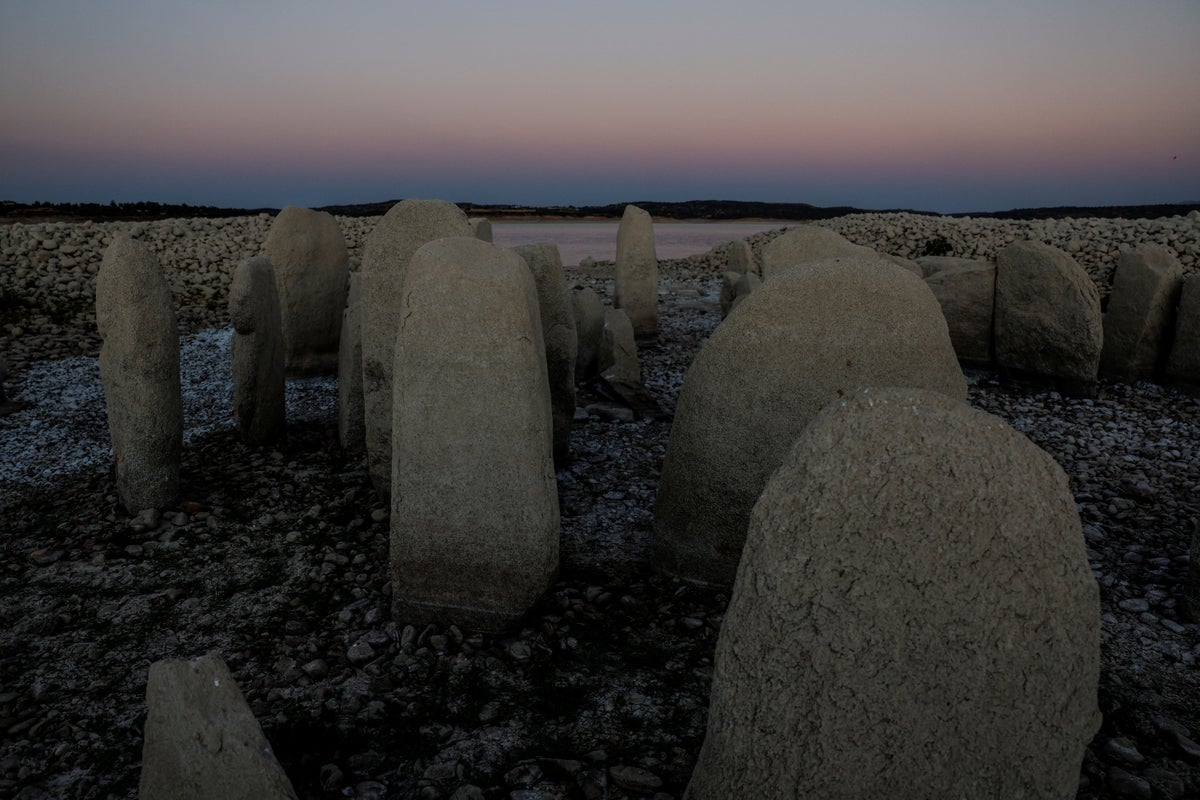
Archaeologists have discovered more than 500 standing stones on a land that was earmarked for avocado plantation in southern Spain, according to reports.
Experts believe it is one of the world’s largest complexes of monoliths in Europe.
The standing stones were discovered on a piece of land spanning 600 hectares in Huelva in Spain.
Archaeologists had sought permission from the Spanish authorities to survey the land because they believed it had historical significance. That is how they discovered the huge complex of monoliths.
“This is the biggest and most diverse collection of standing stones grouped together in the Iberian peninsula,” José Antonio Linares, a researcher at Huelva University and one of the project’s three directors, was quoted as saying by AFP.
The findings were published in Trabajos de Prehistoria, an archaeology journal.
Experts believe that the standing stones in Huelva’s La Torre-La Janera site were erected sometime during the sixth or fifth millennium BC. “It is a major megalithic site in Europe.”
The discovery of the complex of monoliths in Spain has already fascinated travellers and nature lovers. Some of the world’s largest monoliths include the El Capitan in the United States, Uluru in Australia, and Zuma Rock in Nigeria among others.
Meanwhile, France’s Carnac megalithic site has about 3,000 standing stones. The Carnac stones are an exceptionally dense collection of megalithic sites near the south coast of Brittany in northwestern France consisting of stone alignments (rows), dolmens (stone tombs), and tumuli (burial mounds) and single menhirs (standing stones).
In Spain’s Huelva, archaeologists found a large number of various types of megaliths, including standing stones, dolmens, mounds, coffin-like stone boxes called cists, and enclosures, it was reported. The height of these stones ranches between one and three metres.
“Standing stones were the most common finding, with 526 of them still standing or lying on the ground,” the experts wrote in the journal.
Meanwhile, at Valdecanas reservoir, located in the country’s central province of Caceres, Reuters reported that a Spanish “Stonehenge” — Dolmen of Guadalperal — has reemerged amid the country’s devastating drought. Experts believe megalithic stones have existed since 5000 BC. And was first discovered by German archaeologist Hugo Obermaier in 1926 before it became flooded in 1963.







